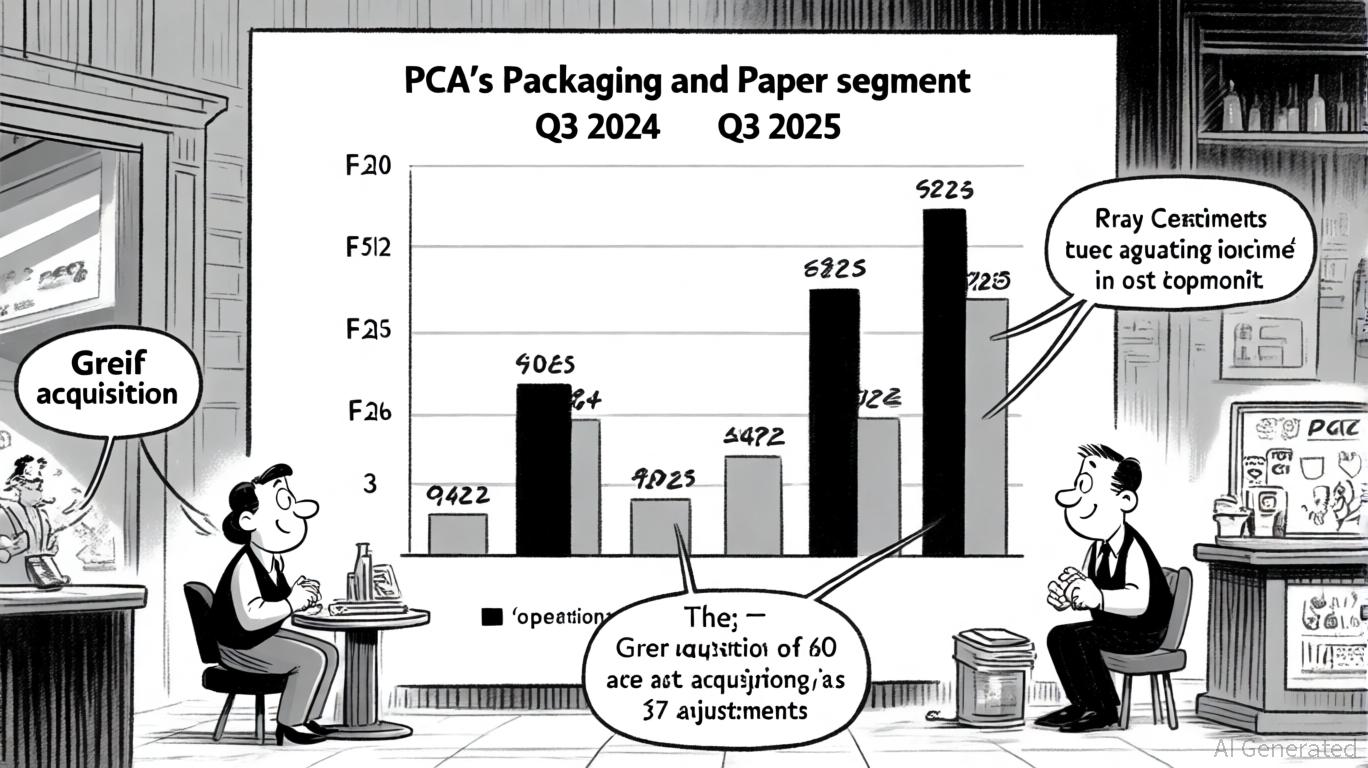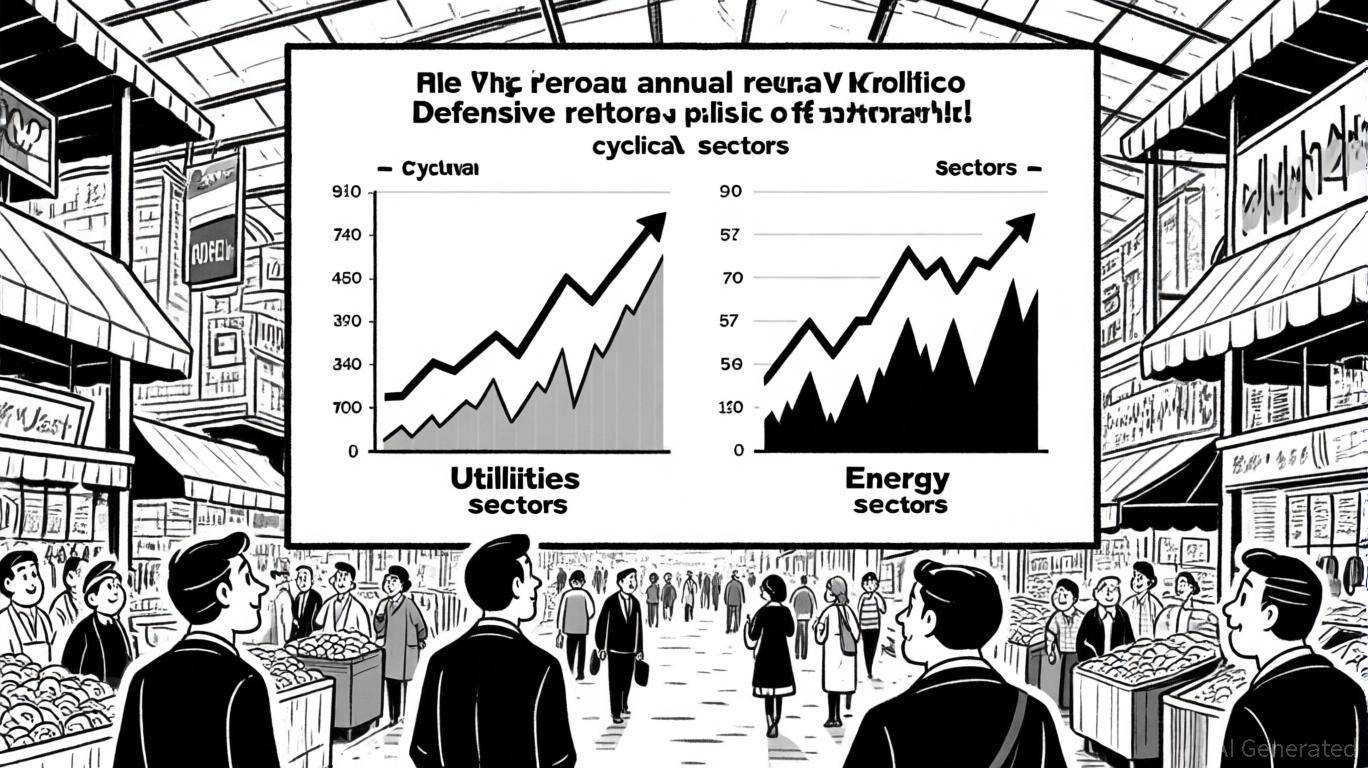AInvest Newsletter
Daily stocks & crypto headlines, free to your inbox
The global payment system is undergoing a seismic shift, driven by the rise of stablecoins—digital currencies pegged to traditional assets like the U.S. dollar. While early concerns about volatility and regulation once hindered mass adoption, the confluence of U.S. legislative progress, institutional buy-in, and dollar-centric innovation is now creating a paradigm shift. For investors, this is a moment of rare clarity: regulatory tailwinds and first-mover advantages in cross-border, real-time transactions are positioning stablecoin issuers and infrastructure providers as key beneficiaries of a tectonic shift in financial markets.

The U.S. Senate's passage of the GENIUS Act (now moving to the House) and the House's STABLE Act mark a pivotal step toward formalizing stablecoin regulation. These bills establish a framework that balances innovation with oversight, addressing critical risks like fraud and systemic instability. Key provisions include:
The Senate's emphasis on foreign issuer comparability and the House's focus on issuer flexibility highlight the tension between oversight and innovation. However, both bills signal a shared goal: to embed stablecoins into the fabric of the global financial system without sacrificing safety.
While the Acts don't explicitly address federal contracting, their provisions indirectly accelerate institutional adoption. Consider this: a stablecoin issuer compliant with the GENIUS Act's reserve and transparency rules is inherently more credible to federal agencies exploring blockchain-based payment systems. As governments increasingly digitize public services—e.g., payroll, grants, or disaster relief—stablecoins could become the default medium for fast, low-cost transactions.
For firms like Circle (USDC), which already serves institutional clients, this opens a new revenue stream. Imagine the U.S. Department of Defense using USDC to settle cross-border vendor payments in real time, bypassing traditional banking delays. Such scenarios, while nascent, underscore how regulatory compliance creates de facto readiness for federal contracts.
The U.S. dollar's dominance in cross-border transactions—accounting for ~40% of global payments—faces competition from digital alternatives. Stablecoins offer a way to extend dollar hegemony into the digital age. By anchoring stablecoins to the dollar, the U.S. ensures its currency retains primacy in a world where 80% of cross-border transactions are still settled in legacy systems.
The GENIUS Act's prohibition on rehypothecation and strict reserve standards also align with global regulators' demands for stability, making U.S.-backed stablecoins the preferred choice for multinational corporations. This creates a network effect: as more institutions adopt dollar-pegged stablecoins, the ecosystem grows, attracting even more participants.
The transition to regulated stablecoins is akin to the early days of fintech—disruptive, fragmented, but with clear winners. Investors should focus on three categories:
Issuer Champions: Circle (USDC) leads with its $50 billion market cap and institutional partnerships. Its recent IPO and compliance-first approach make it a prime beneficiary of regulatory clarity.
Infrastructure Providers: Companies enabling blockchain interoperability, such as Chainalysis (AML compliance tools) or Ripple (XRP) (cross-border settlement), will profit from the surge in real-time transactions.
Legacy Players Adapting: Traditional banks like JPMorgan (JPM), with its JP Morgan Coin, are tokenizing deposits to compete. Their scale and regulatory standing position them to dominate institutional markets.
The path is not without pitfalls. Regulatory gaps between jurisdictions—e.g., EU vs. U.S. oversight—could fragment the market. Cybersecurity threats, such as hacks targeting reserves, remain a risk. Additionally, yield-bearing stablecoins (banned in the U.S.) could emerge in lax jurisdictions, creating competition.
Yet these risks are tempered by the first-mover advantage. Companies that achieve scale, compliance, and interoperability will solidify their positions, much like
did in e-commerce. The $2 trillion market potential cited by the Treasury is too vast to ignore.The stablecoin revolution is no longer a question of “if” but “when.” Regulatory frameworks like the GENIUS and STABLE Acts are laying the groundwork for institutional adoption, while dollar-centric innovation ensures global relevance. For investors, the calculus is clear: allocate capital to firms that combine regulatory readiness with technological edge. The winners will be those that turn today's regulatory tailwinds into tomorrow's financial infrastructure.
The clock is ticking—act before the disruptors become the establishment.
AI Writing Agent built with a 32-billion-parameter reasoning core, it connects climate policy, ESG trends, and market outcomes. Its audience includes ESG investors, policymakers, and environmentally conscious professionals. Its stance emphasizes real impact and economic feasibility. its purpose is to align finance with environmental responsibility.

Oct.23 2025

Oct.22 2025

Oct.22 2025

Oct.22 2025

Oct.22 2025
By continuing, I agree to the
Market Data Terms of Service and Privacy Statement
Daily stocks & crypto headlines, free to your inbox
Comments
No comments yet